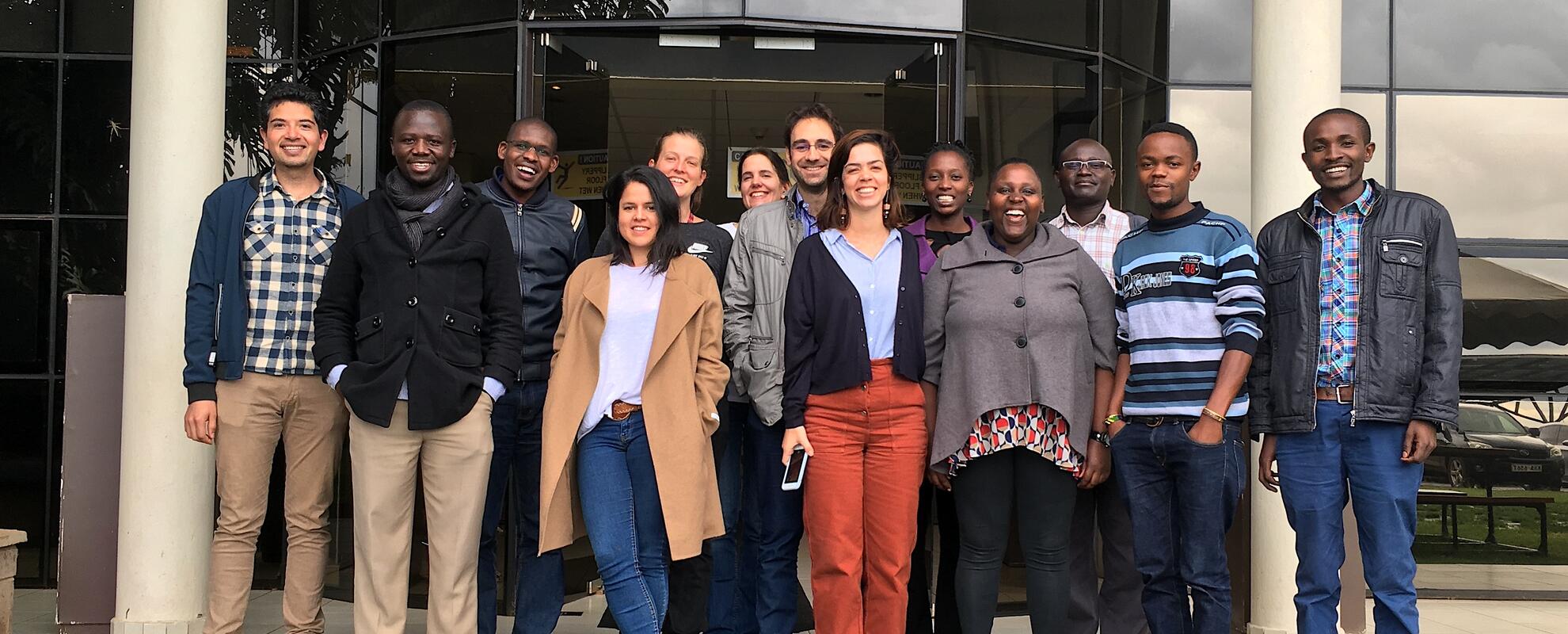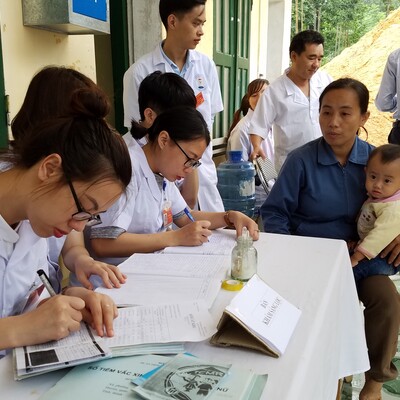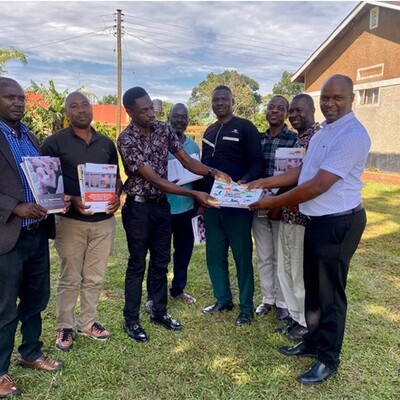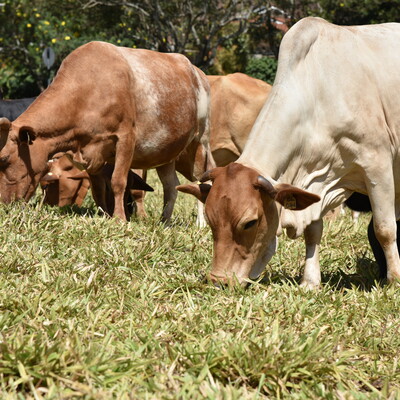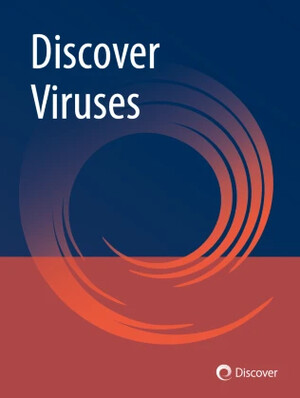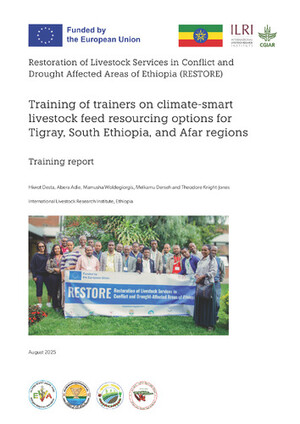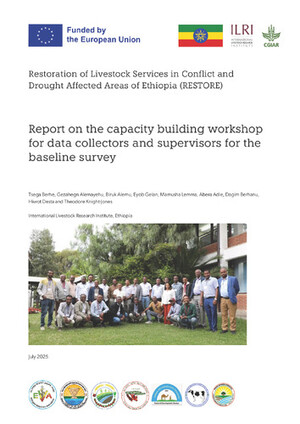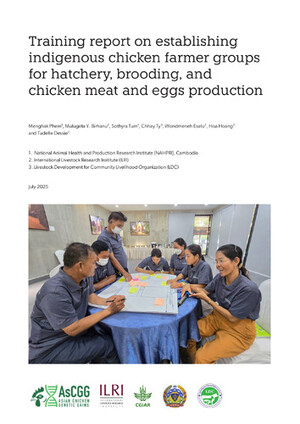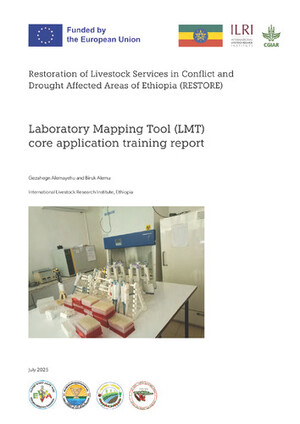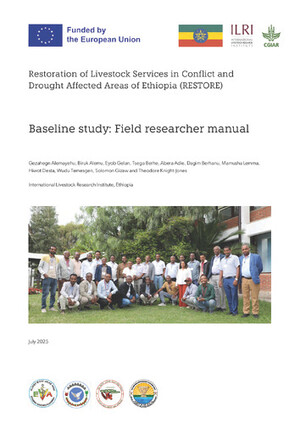
Training on modelling greenhouse gas emissions from livestock systems in Africa
Between 22nd and 26th October, ILRI’s Mazingira Centre and FAO jointly organised a training workshop on modelling greenhouse gas emissions from livestock systems in Africa. Why is this important? Current greenhouse gas emission estimates from livestock and manure in Africa are primarily estimating based on existing expert knowledge which is predominantly derived from livestock systems in developed countries (TIER 1 approach). The drawback is that these systems are considerably different from smallholder mixed-crop livestock and pastoral systems found in Africa. ILRI’s Mazingira Centre is the first laboratory to measure greenhouse gas emissions and collect ancillary information from such systems in East Africa following a TIER 2 approach (mazingira.ilri.org). However, we can not measure every single cow, sheep or goat and the associated feedbaskets all over Africa. Therefore, we need modelling approaches to extrapolate the already available scientific evidence (see the some of the scientific papers we published so far here: Goopy et al 2018, Ndung’u et al 2018, Zhu et al. 2018, Pelster et al 2016).

Intensive discussion on input data for the model, photo credit Lutz Merbold
GLEAM, a life cycle assessment model developed by FAO, is therefore one potential path we want to follow to achieve regional to countrywide upscaling of our TIER 2 emission data. In order to learn about the modelling framework and its strengths and constraints two experts from FAO, Juliana Lopez and Giuseppe Tempio, came to Nairobi to spend a whole week with the Mazingira Team. Besides the general overview of the model and the hands-on training given by the FAO colleagues, the workshop quickly became an interactive discussion where the Mazingira Team provided detailed insights on the diversity of farming systems found in East Africa as well as the current data availability while the FAO team elaborated on the feasibility of including new knowledge. Both will allow to better constrain GLEAM in the future. The next steps will be validating ground-based data with the model and running simulations on how current farming systems can be intensified without compromising climate. This work contributes to Core Research Program on Livestock and CCAFS and supported by FAO as well as the Program on Climate Smart Livestock funded by GIZ.

Training participants and trainers in front of Mara House at ILRI, Nairobi, photo credit Lutz Merbold





